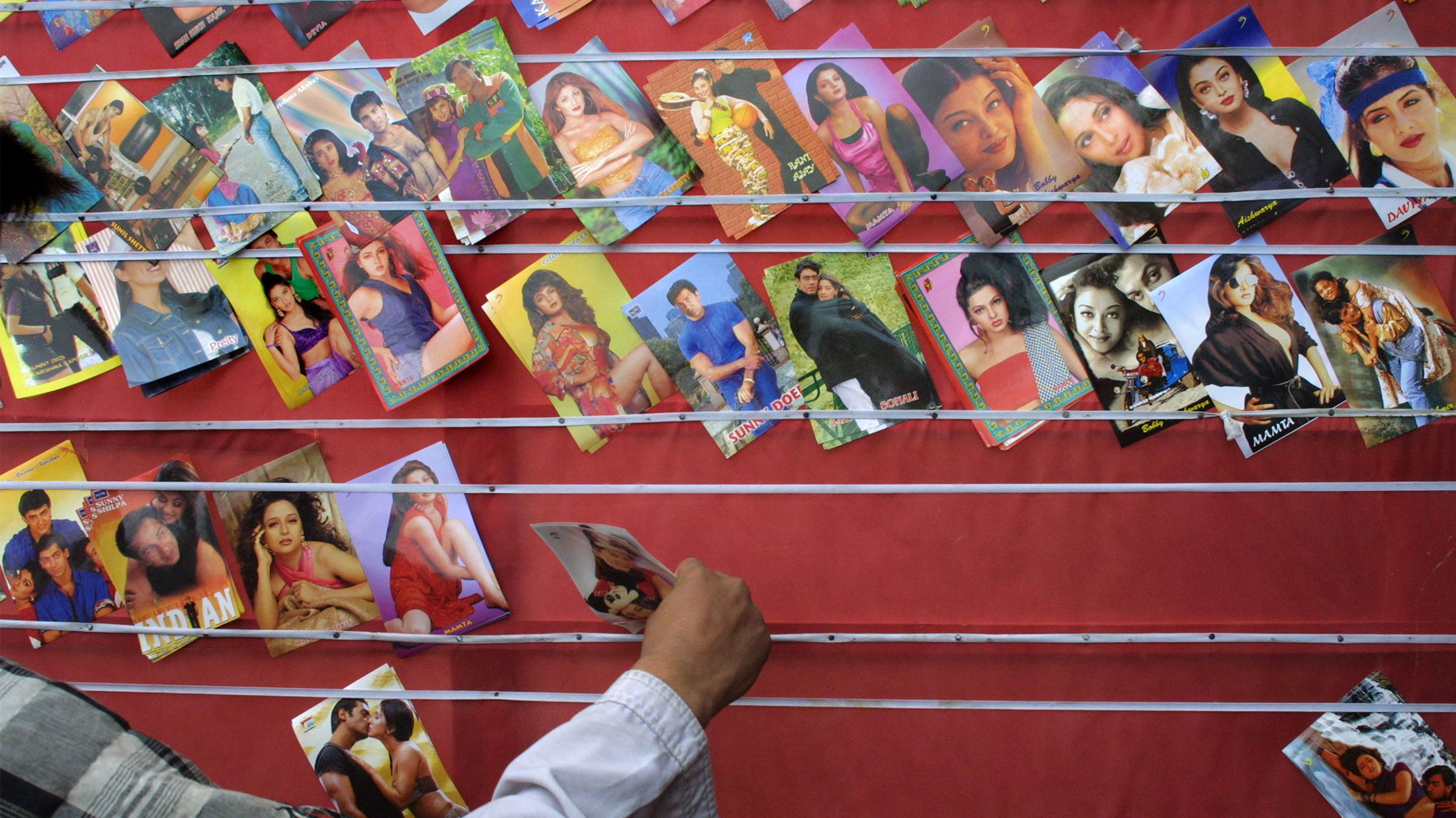Officials respond to rampant accounts of workplace sexual harassment in India, one year after the #MeToo gained momentum in the United States.
Women in India are finally speaking out about their own experiences with sexual harassment a year after the #MeToo movement gained momentum in the United States, bringing attention to the large scale of inappropriate treatment in the workplace. In India, a recent outpour has been taking place over accusations that some of the country’s most powerful and notable figures have been using their careers as a sexual power play and an opportunity to conceal their predatory beliefs.
When the Harvey Weinstein story broke in the US, the tremors of the Hollywood mogul’s downfall was immediately felt around the world. Behavior that was always considered upsetting, damaging, and immutable was finally out in the open, for both communities and the relevant authorities to work towards putting an end to sexual violence against women. The sheer act of giving a voice to old and new allegations alike could soon become a worldwide phenomenon, as women in France, England, and other countries muster up the courage to reflect on their own gender and power imbalances embedded in the workplace.
But India has been slow to follow until recently, when women started coming forward to accuse men from across politics and the media spectrum. Now, the country is prepared to shed old workplace practices and set a precedent for how sexual predators should be treated in the eyes of their peers.
Thanks to a range of allegations, where some of India’s most notable film director’s government ministers, journalists, and actors have all recently been accused of sexual abuse, the country is beginning to have a public discourse, slowly changing the conversation around historical and contemporary accusations of sexual abuse. At the start of this month, Bollywood star Tanushree Dutta reopened a decade-old case against a former fellow co-star, Nana Patekar, who Dutta says would demand dance routines were changed at Patekar’s discretion just so he could grope her. But this time her cries did not fall on deaf ears.
That following Friday, flurries of women began coming forward, telling their own account of sexual abuse they’d endured across some of the biggest newsrooms and media outlets in India. In a recent overview for The New York Times, journalists Vindu Goel, Ayesha Venkataraman and Kai Schultz give a blow-by-blow account of how momentum gathered and ended up with senior men being ushered away from the prestige and power of their positions while the relevant authorities tried to get to grips with the depth and scale of the problem.
“By Monday afternoon, the influential political editor of The Hindustan Times, Prashant Jha, had been stripped of his management role as the company investigated a former reporter’s complaint that he had sexually harassed her,” reported The New York Times. “On the same day, seven women sent a letter to The Times of India, the flagship paper of the country’s most powerful media company, accusing a top editor of years of unwanted touching, explicit messages, and sexual propositions. The editor, K. R. Sreenivas, was put on leave amid promises of ‘a speedy and fair inquiry.'”
Less than a fortnight since the story that finally came to light, government officials are racing against the clock to make sure they deal with the outpour in the best way possible. Just as in the rest of the world, the news begins with the celebrities and quickly trickles down. The #MeToo movement in India has gathered so much momentum that Maneka Sanjay Gandhi, the Minister for Women and Child Development, has just launched an online complaint management system called She Box, for women in the workplace to register a complaint. It allows people to upload a complaint and track it in real time. Gandhi and the rest of President Modi’s government are keen to show that while the uptake may have been sluggish, their response won’t be.







